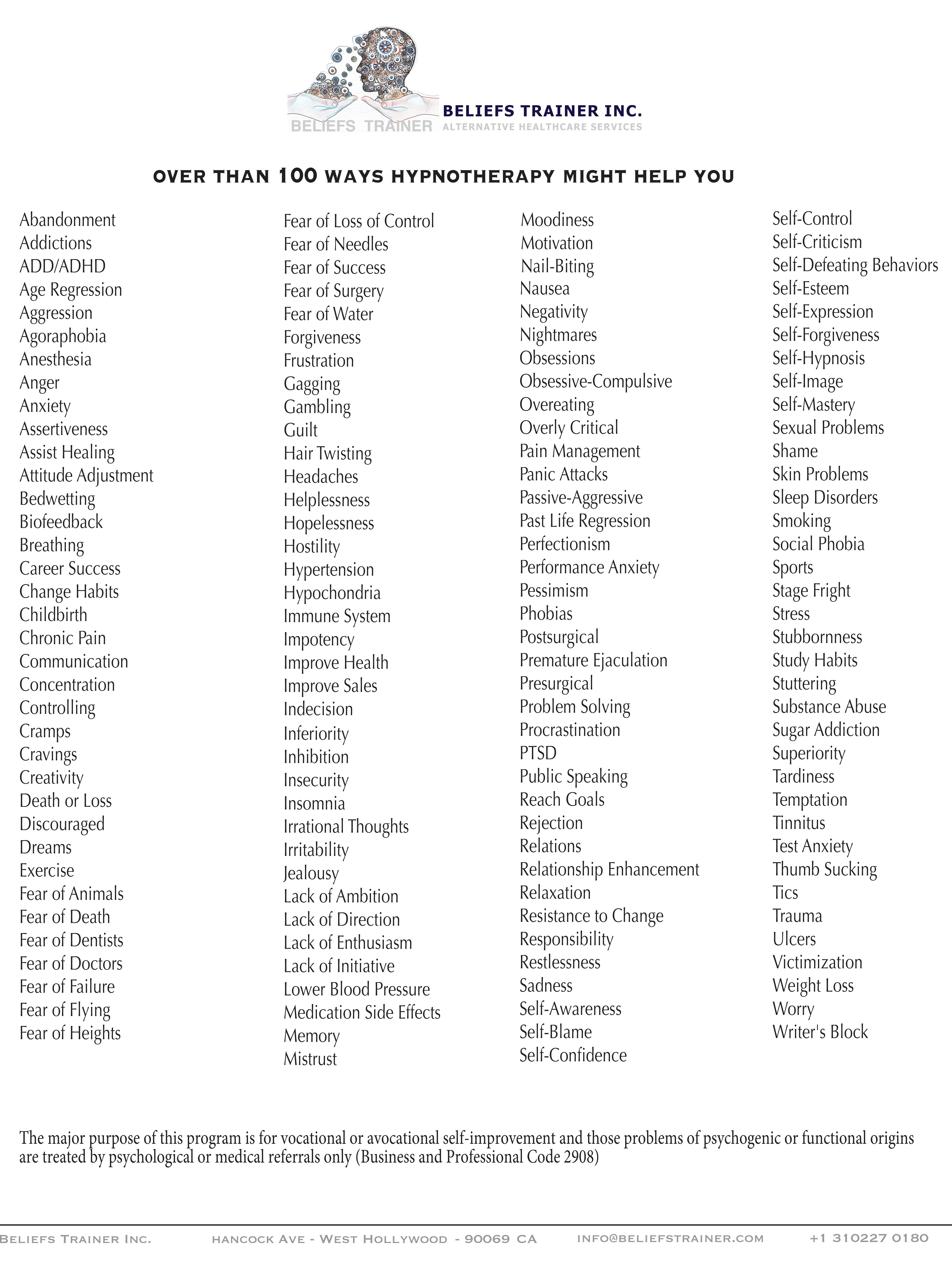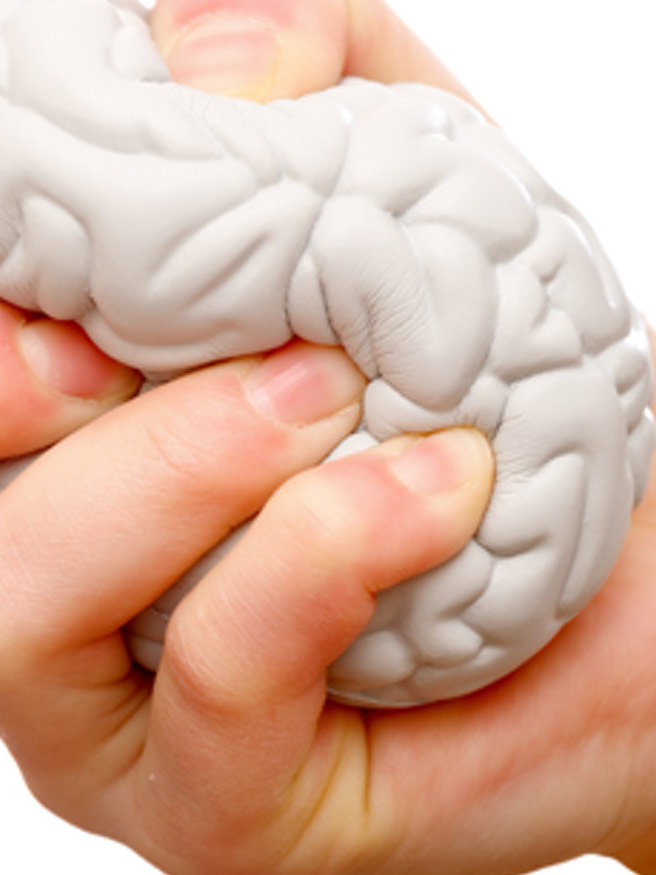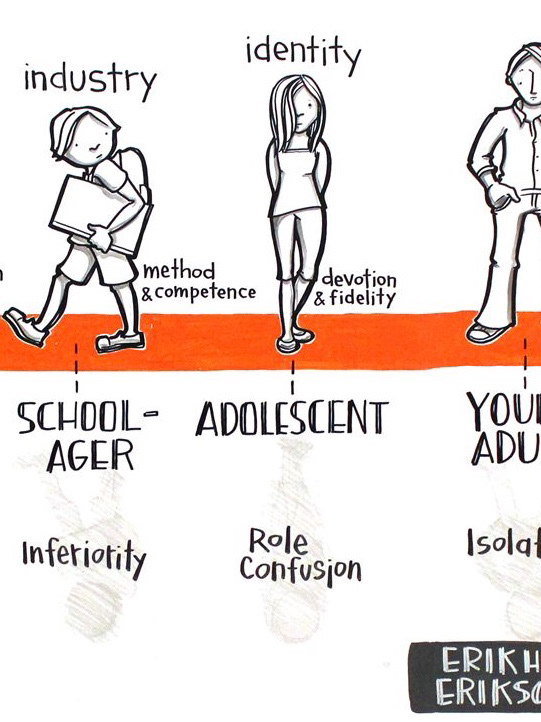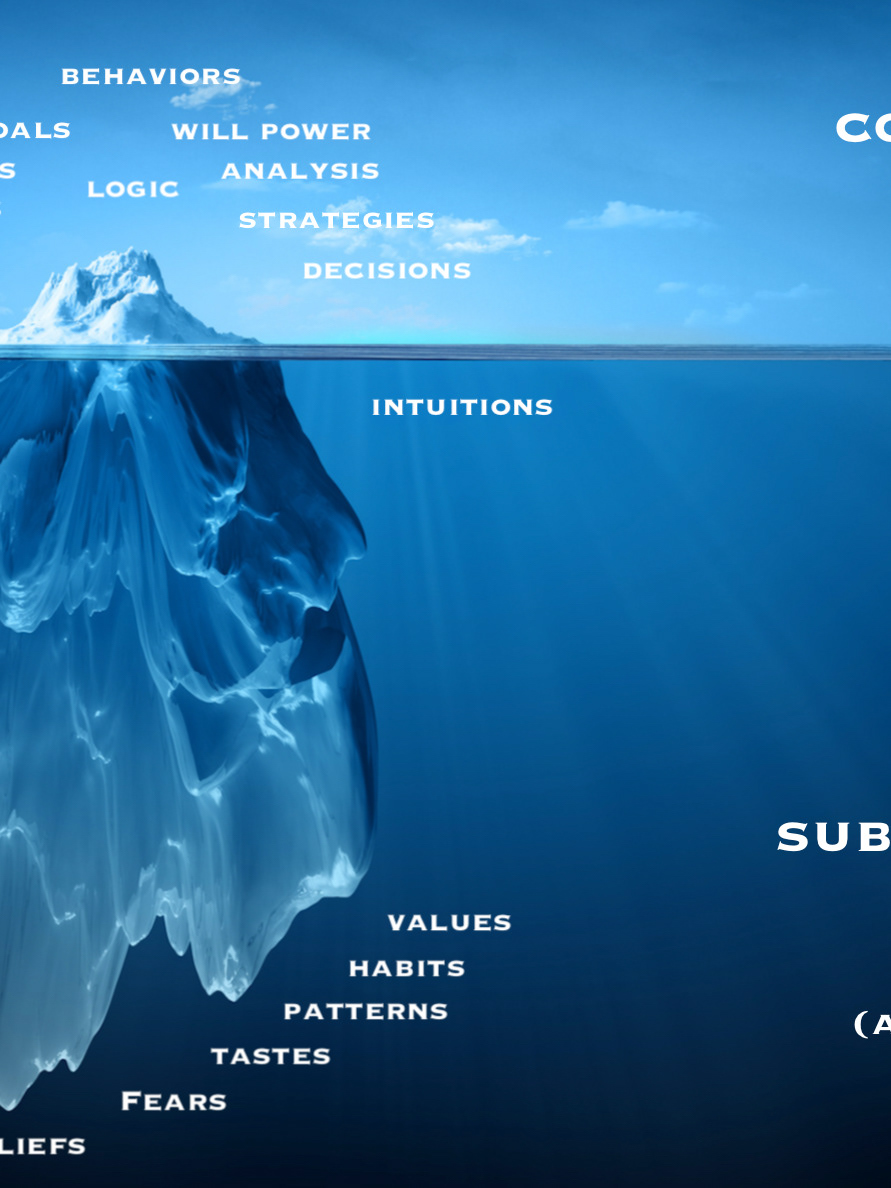The scream - Edward Munch
When I was 5, one Sunday morning while my mom was making cookies she had me sitting on the counter. Our dog was in the kitchen , and when my mother gave me one of those fresh handmade Italian biscotti, the dog decides to taste my soft little boy's cheek, instead of the cookie. Consequently, my mom developed a fear of dogs (cynophobia).
Sadly that was our last dog. Sadly, because although the dog attacked me, even after that episode, I was never afraid of dogs, and still today I love dogs.
Fear and phobia are often used indistinctly to describe a feeling induced by perceived danger or threat which causes a change in metabolic and organ functions and ultimately a change in behavior.
I prefer to distinguish the two by saying that unlike fears, phobias develop from an unknown primary cause. While fears have a rational origin - they can develop as consequence of a specific event that the person can refer to as the generator of this strong emotion in the first place ( when my son 5 I witnessed dog attaching him, yet today I am afraid of dogs ) , phobias instead are irrational and they can be developed in adulthood ( I have never seen one in real but I am afraid of shakes). Phobias are based on the "law of association" and usually occurred in a moment when the person was extremely suggestible due to a chemical alteration in the system, body-bran.
When we sense danger, the brain reacts instantly, sending signals that activate the nervous system. This causes physical responses, skin sweats to keep the body cool, some people might notice sensations in the stomach, head, chest, legs, or hands, faster heartbeat, rapid breathing, and an increase in blood pressure. Blood pumps to muscle groups to prepare the body for physical action (this response is known as “fight or flight “). The body stays in this state of fight-flight until the brain receives an "all clear" message and turns off the response. The fear response serves survival by generating appropriate behavioral responses, so it has been preserved throughout evolution. Feeling afraid is very natural — and helpful — but in some situations prevent us from responding with the behavior we rationally would want to have and imposes us to react in unwanted ways: "
Systematic desensitization (hypnosis) is a method used in the treatment phobias and fears. In this process, the clients slowly become accustomed to their phobia and ultimately overcome it. Traditional systematic desensitization involves a person being exposed, in an imaginary way, to the object they are afraid of over time so that the fear and discomfort do not become overwhelming. This controlled exposure to the anxiety-provoking stimulus while the client is in a hypnosis state, it is key to the effectiveness of exposure therapy in the treatment of specific phobias. Progressive muscle relaxation helps patients relax their muscles before and during exposure to the feared object or phenomenon.
It is not necessary to trigger the memory of a specific event, what we address in hypnosis it is the feeling associated with the stimulus, because ultimately the subconscious mind who is responsible for our emotional state doesn’t have a sense of time but it stores in the system memories associated with feelings. In hypnosis, we work on releasing the feeling associated with the fear.
My mom used to believe that” dogs are dangerous”, I am glad that I could help her to love dogs, again.









